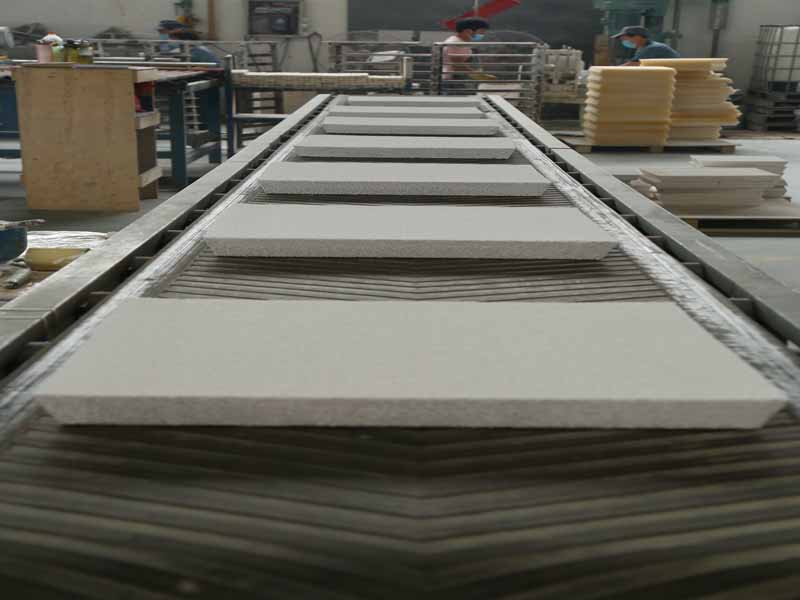
16 6月 East Timor China Foundry Filter
East Timor China Foundry Filter increases the flow resistance of molten aluminum, prolongs the average residence time of molten aluminum, and reduces the volume fraction of the dead zone in the tundish.
The ceramic foam filter can significantly improve the removal rate of small-sized inclusions, and can also partially offset the decrease in the removal rate of inclusions caused by the increase in density.
Alumina ceramic foam filters for casting are sold all over the world to purify molten aluminum. AdTech focuses on the aluminum alloy casting industry, providing solutions for molten aluminum filtration systems, hot top casting systems, casting tips, etc.
In addition to the high temperature resistance and corrosion resistance of general ceramics, foam ceramics also have the characteristics of low density, high porosity, large specific surface area, and strong self-interference with fluids.
If the solids forming the foam are contained only at the edges of the pores, it is called an open-cell ceramic material, and the pores are interconnected.
If there is a solid wall, it is called a closed-cell ceramic material, in which the pores are separated from each other by a continuous ceramic matrix.

East Timor China Foundry Filter can clean aluminum and is used for aluminum billet casting, aluminum foil casting, slab casting, etc. Alumina mold filter can effectively remove and absorb various impurities in molten aluminum, improve surface quality, product performance and microstructure effectiveness. Mainly used for precision casting of aluminum alloy.
As the last place to remove inclusions before molten aluminum continuous casting, the tundish has an important impact on the cleanliness of molten aluminum.
In order to improve the removal rate of inclusions, current control devices such as turbulence suppressors and weirs are generally installed in the tundish to improve the flow field and temperature distribution of the molten aluminum, thereby promoting the floating removal of inclusions.
However, general flow control devices can only remove large-sized inclusions. For inclusions with a particle size of less than 50 μm, the removal effect is not ideal due to the limited buoyancy.


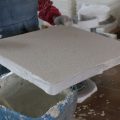
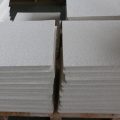
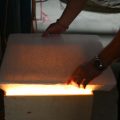
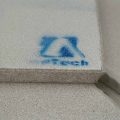
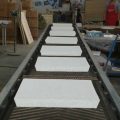

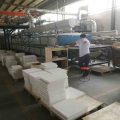

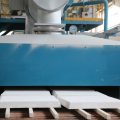
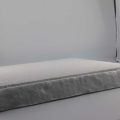
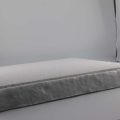
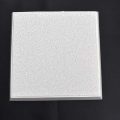
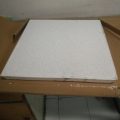
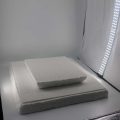
No Comments